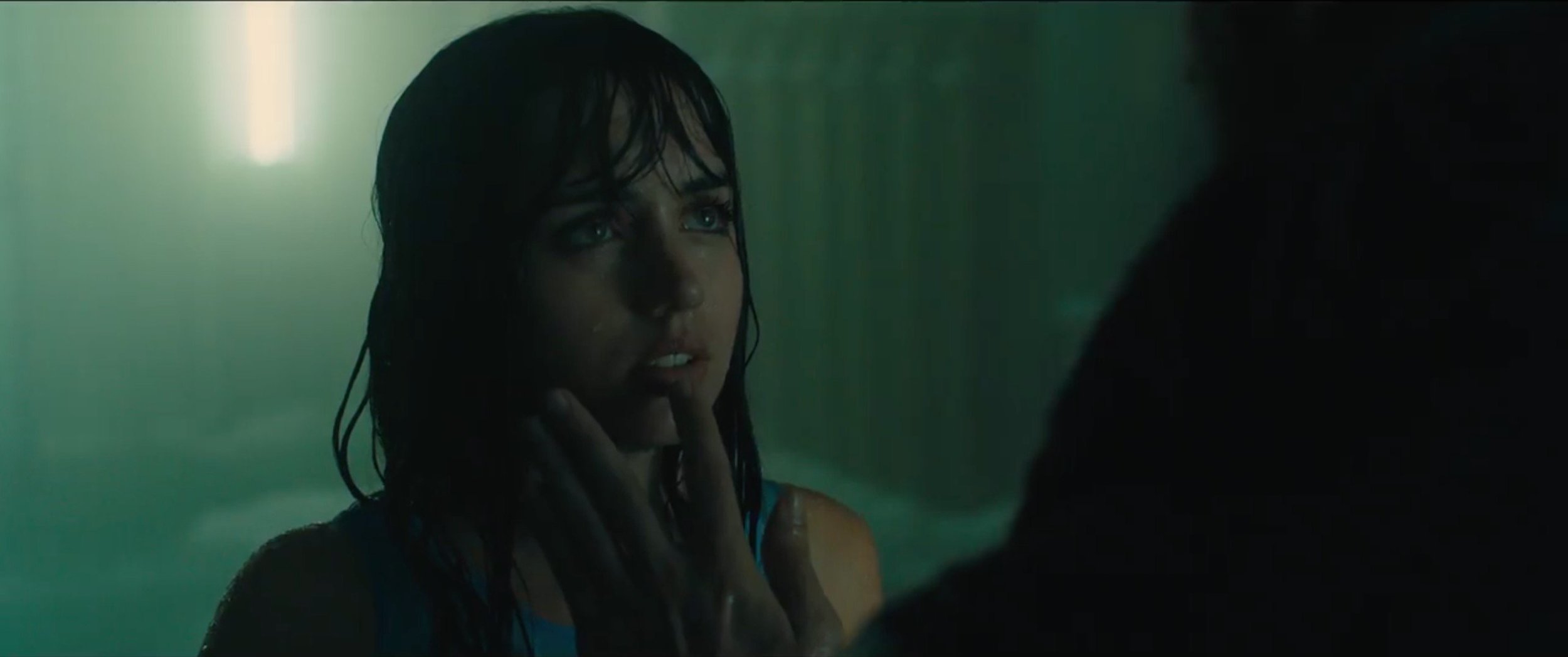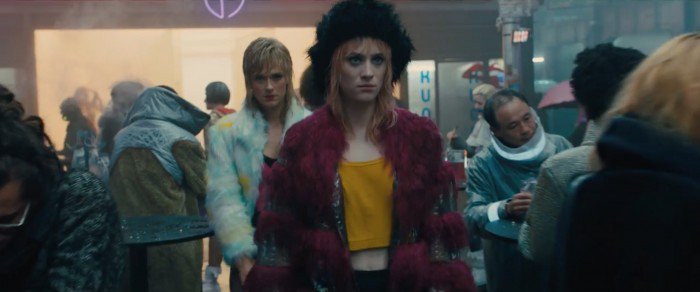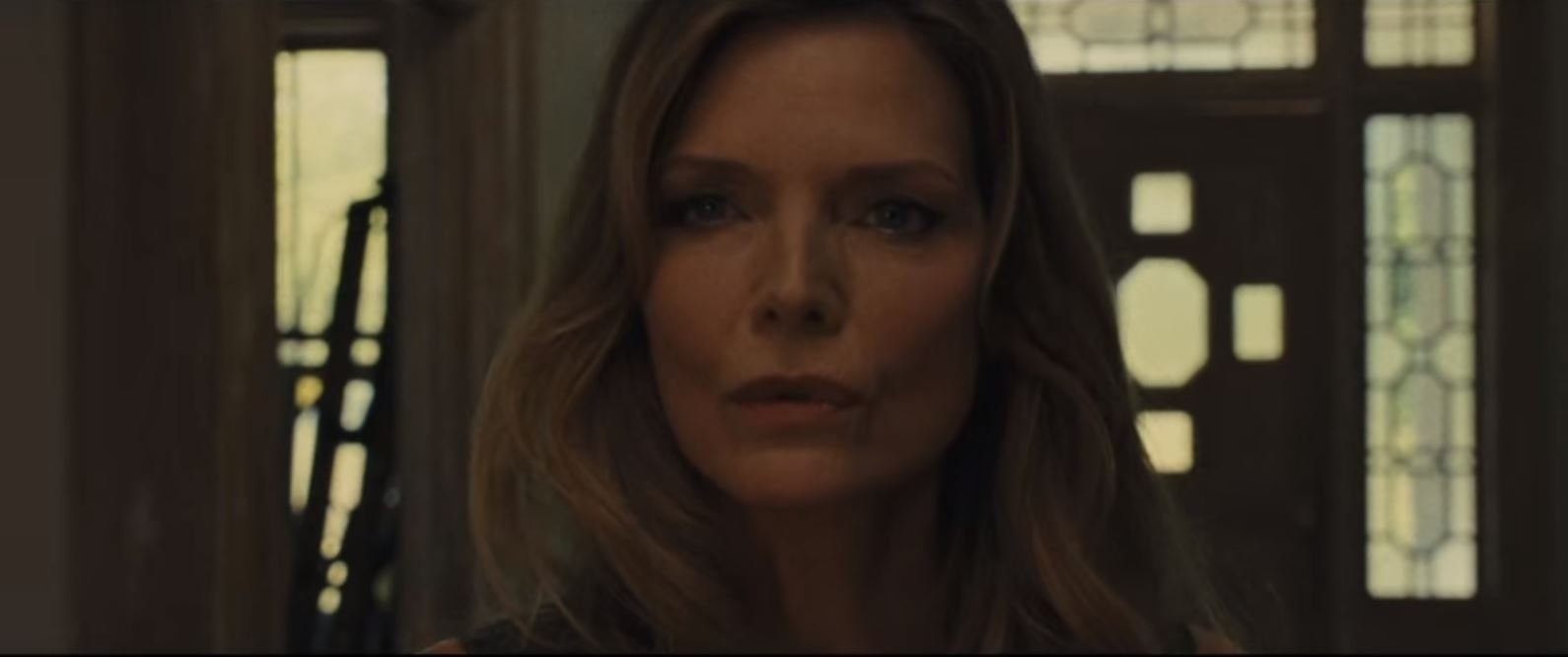US/UK/Canada | 2017 | Directed by Denis Villeneuve
Logline: A specialised policeman’s discovery of a long-buried secret leads him to track down a former detective who has been missing for thirty years.
Officer K (an abbreviated serial number), played by Ryan Gosling, is working as a Blade Runner Unit for the LAPD, tracking down rogue old Nexus 8 Replicants following The Blackout of 2022 and the bankruptcy of the Tyrell Corporation, nearly thirty years earlier. In its place the Wallace Corporation has a monopoly on Replicant manufacture, including hologram companions, one of which is beautiful Joi (Ana De Armas), K’s live-in companion and virtual lover.
Whilst investigating a protein farm outside the city K discovers clues that leads his superior Lt. Joshi (Robin Wright) to order him to uncover more before it is too late. He must enter dangerous territory, and will soon have deadly foe on his tail. The fate of humanity lies in K’s hands. It’s dangerous days, all over again.
Hampton Fancher wrote the original Blade Runner screenplay. It became his baby. However Ridley Scott and the other producers wrangled the script from him and had David Peoples do further drafts. Thirty odd years later and Fancher concocted a sequel concept and apparently agreed to write the screenplay, but only in novella form. Michael Green was brought on to do further proper drafts.
Blade Runner 2049 is a truly beautiful thing. It is far-fetched and it is immediate, it is intimidating and gorgeous, it is perfect and flawed, it is immense and detailed, epic and intimate. It is a rare creature indeed, a sequel that can exist on its own, but also expands gently on the original, capturing the same sense of melancholy, loneliness, futility… and hope. All the nods to the original movie are rewarding, most of them subtle.
Denis Villeneuve has, arguably, the most consistently impressive track record of any contemporary director, Incendies, Prisoners, Enemy, Sicario, Arrival. His early work, Maelstrom, is a personal favourite. He is a true visionary, a brilliant cinema stylist, capturing much of what makes cinema so delicate and powerful.
Roger Deakins delivers, once again, exemplary work on the cinematography. Perhaps the look is not as dingy as Ridley Scott’s original, but the cityscape, the urban situation is definitely worse for wear. Perpetually raining in the original, now the City of Angels is driven by the snow. Whereas Deckard (Harrison Ford) was gifted with a plush, albeit claustrophobic apartment, K’s pad is much smaller, sparser, even more box-like, and is littered with undesirables right outside his door, “Fuck off skinner!”
Villenueve has always had a terrific eye for casting, and Sylvia Hoeks makes a brilliant combat-trained adversary, while Mackenzie Davis is bang-on in the role of a “Doxie” pro-girl. Carla Juni (who you may recognise from the outrageous German black comedy Wetlands) plays a memory-implanter, and Dave Baustista has a small, but pivotal role as a farmer in the movie’s opening sequence, which has been adapted from one intended for the original movie.
With minor quibbles aside (nothing the God of biomechanics wouldn't let you in Heaven for), Blade Runner 2049 fills me with immense joy. I had originally been excited to hear Johan Johannson’s score, but his music was removed late in post-production and Benjamin Wallfisch and Hans Zimmer were brought in, apparently to fit more closely to Vangelis’s original electronic score. The result is absolutely stunning, with some of the deeper tones causing the cinema monitors to fart (which isn’t a good thing, I know). Darker, more ominous, but then, the future setting of Blade Runner 2049 is ultimately a more menacing time and place. It may seem more filled with light – both artificial and organic, but it is a more tenebrous existence.
Okay, I have to spit it out, if I had one thing to really bark about, it would be the whisky. With all that amazing whisky at your fingertips, would you really choose Johnny Walker Black Label?? Come on, Rick, surely you could've done better than that.
I thought my year's favourite movie was in the bag (Mother!), but Blade Runner 2049 has clinched the top position. I’m already itching for my next screening.



















































































































